When I first moved to Florida over two decades ago, I naively thought I could garden just like I did up north in the Midwest. Boy, was I in for a surprise!
My first garden was a small in-ground bed on the east side of my house. I enthusiastically planted cucumbers and tomatoes in April. They grew just fine for a while, but by mid-June, they were heat-stressed and dying. Although I managed to get a handful of cherry tomatoes, my first Florida garden was a failure.
Now, after many years of gardening, I’ve learned what makes Florida such a unique place to grow edibles and other plants. Surviving the heat is essential for Florida gardening.
Here’s how to build resiliency into your garden by setting up heat-protection strategies.
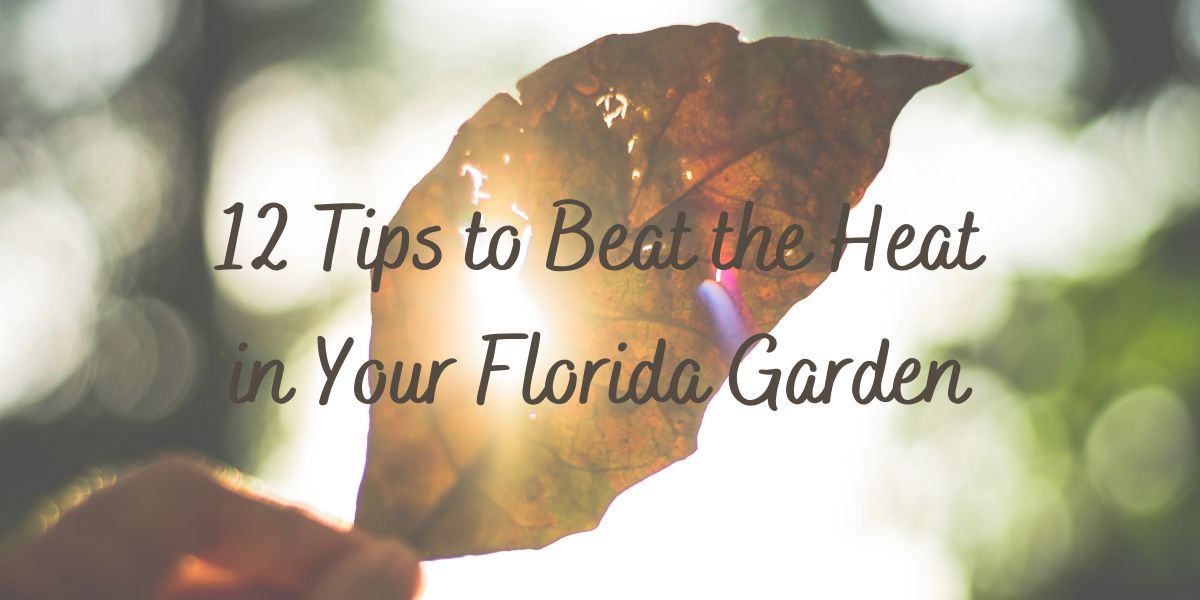
Know Your Gowing Zone and Seasons
In Florida, we have 3 general zones: North, Central, and South. From zones 8a to 10b, there are many different USDA designated growing zones. Here is an interactive map that you can use to find your growing zone in any part of Florida.
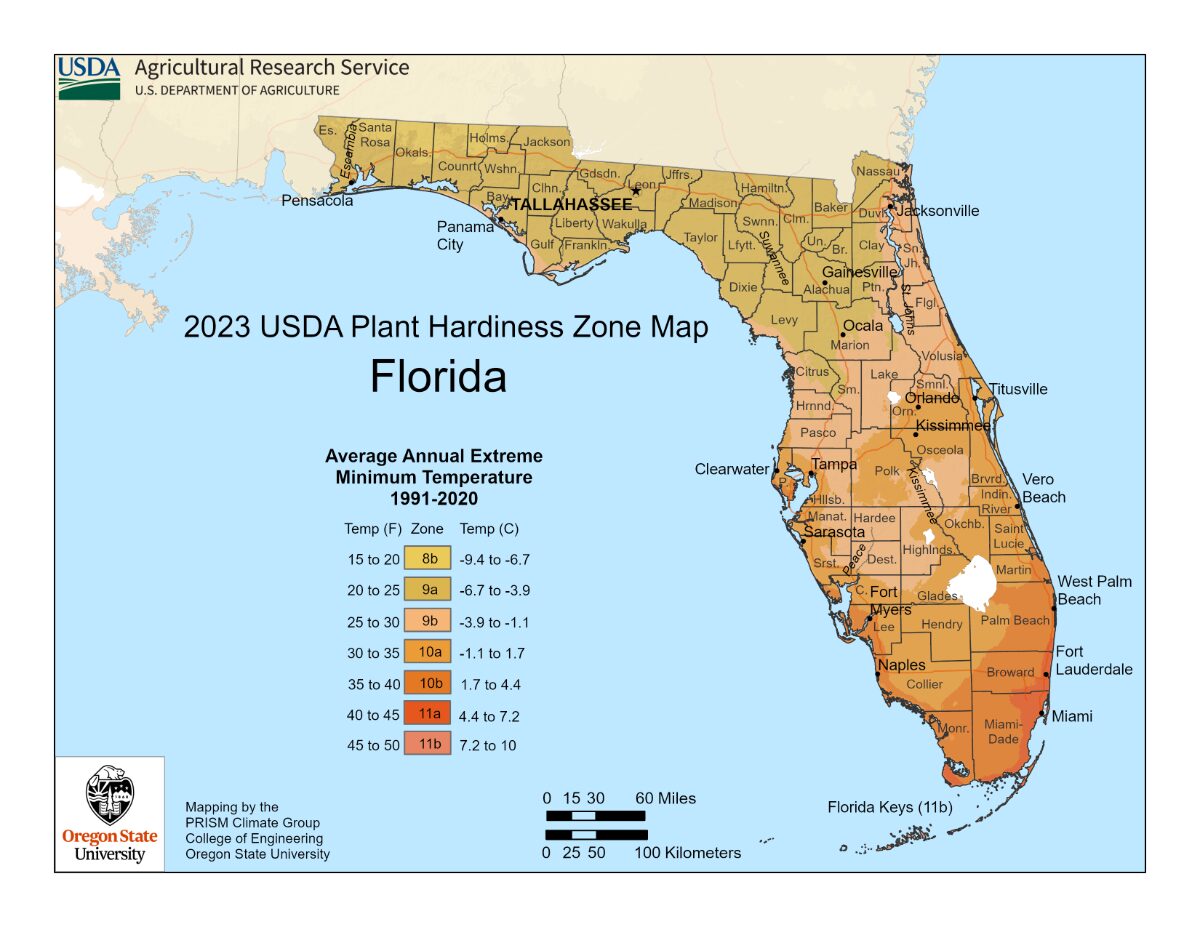
This map was updated in 2023. Before then, my growing zone was 9a . Now, by about a 5-mile difference, I’ve been moved to 9b. My beginning and last frost dates have changed slightly, resulting in a longer (and most probably hotter) growing season.
If you haven’t looked recently, take a good look at your zone (you can zoom right in with this interactive map) and learn which hardiness zone you’re in. Even though this map is for cold/frost tolerances, it’s a guide that most gardeners use for choosing when to plant and harvest.
I also use the zone designation within my Seedtime gardening app. The software uses my zone to list when I should start seeds or put plants into the ground. No need for growing suggestions on a seed packet. And, since I grow many of my own seeds, I simply enter the name of my seed type and the app gives me the best time to plant, all based on my USDA growing zone.
While we can grow year-round in all zones of Florida, there are seasonal differences based on how far north or south we live. North is generally temperate, South is tropical, and Central is a mixture of the two, often referred to as sub-tropical.
Here in Central Florida, we grow in a fall/winter season and a spring/early summer season for traditional garden crops such as tomatoes, potatoes, peppers, and vine plants such as cucumbers and squashes.
There are very few annual plants that thrive during the summer heat and humidity in the sub-tropics except for sweet potatoes, okra, and cherry tomatoes. Farther down in this article, I’ll give you some tips for extending your growing season with additional heat protection strategies for many traditional garden veggies and fruits. Plus, a list of the many native plants that easily survive our Florida heat and humidity.
The best resource I’ve found for planning a garden is the Florida Gardening Calendar put out by the University of Florida IFAS. It gives you a calendar for every month for each of the 3 Florida growing regions. Make sure to bookmark this Vegetable Gardening in Florida Series page!
Choose the Right Plants for Your Climate
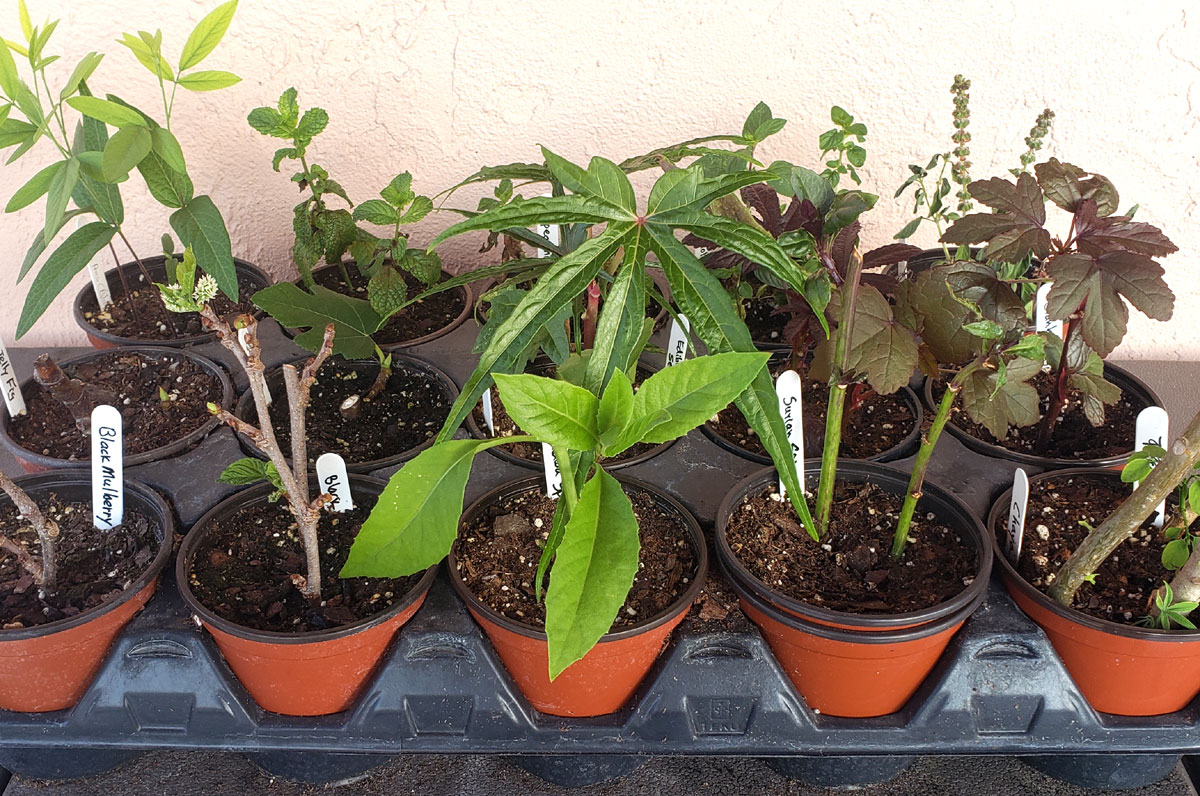
When choosing seeds and seedlings, select those that are more tolerant of your hot climate. You may wish to choose short-season vegetables to start in the spring that will produce quickly before the summer heat arrives.
You could also plant a fall garden when the days start cooling off. Many cool crops such as cruciferous vegetables, tender greens, carrots, and peas grow great this time of year in Florida. Again, using the free resources provided by the University of Florida IFAS will help you keep on track with your planting schedule.
Seeds from regional growers and suppliers have given me some of my best-producing plants. My go-to seed suppliers include:
- Southern Exposure Seed Exchange
- Hoss Tools
- Seed Savers Exchange
- Seed the Stars (Facebook Link)
- Our local feed and seed supply store
I also learned from my neighbors who have gardened here for generations which plants grow best and when to plant them.
Learn How to Read a Seed Packet
The first thing I learned about growing a garden in Florida was that “full sun” on a seed packet doesn’t always mean full sun in Florida.
Most annual garden plants need 6 to 8 hours of full sunlight. However, you should provide as much morning sunlight as possible. In Florida, the late afternoon and evening sunlight is much stronger and can harm or kill most annuals, especially when the temperature is over 90 degrees Fahrenheit.
Plants that need shade or part shade will only need 3-6 hours of sunlight. They will need some sort of protection from the sun, especially during summer and fall. You may want to consider a potted garden on a covered patio, or planting under a large tree for those shade loving plants.
The seed packets will also tell you how long your plant takes to germinate and days to harvest. Knowing these times will help you plan when to plant your seeds. For example, I now plant short season tomatoes in the spring to get my harvest completed before summer arrives.
Save Seeds from Your Garden
Year over year, seeds saved from your own garden will have adapted to your unique climate conditions. Save the seeds from your best produce. They will be the most tolerant of the heat and other stressors in your garden.
If you can’t save seeds from some varieties, buy or seed-swap locally grown seeds. Maybe they didn’t grow in your backyard, but local or regional seeds will be much more tolerant of your climate than seeds grown in another part of the country or even another continent!
Every spring I put up my own saved seeds for sale in my Etsy Shop, Homestead by Design. If you’re interested in locally grown seeds, I usually have several varieties to choose from.
Choose the Correct Place to Grow
Before planning a garden, plot the sunlight across your property. You can Learn how to make a Sun Map from one of my favorite gardening websites: Milkwood.
Once you know where and when the sun touches your soil, you can confidently plan your garden with the best sun exposure for your desired plants.
Another consideration when choosing where to plant is the type of garden you want. Do you have enough space for in-ground gardening and is the soil suitable for growing? Do you need to install raised beds? (A common practice here in Florida) Will you grow in pots on a covered patio?
Knowing your sun and soil conditions will set your plants up for success. They’ll be stronger and less stressed when all their essential needs are taken care of.

Use Plenty of Mulch
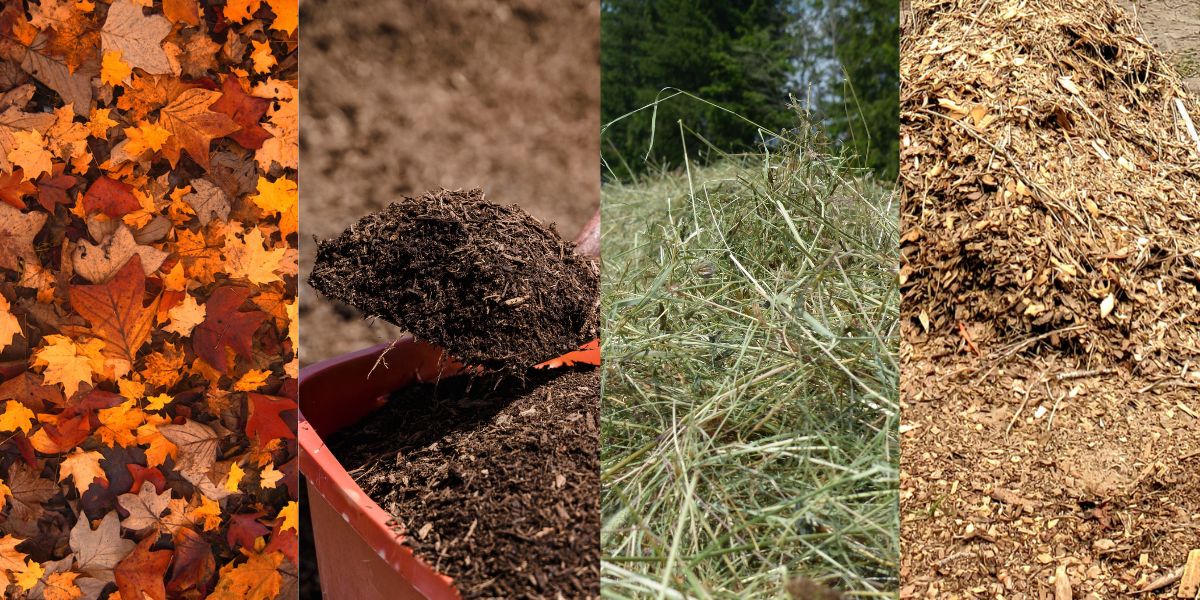
Mulching is one of the most essential tools for keeping your garden cool in hot weather. Here are some of the many benefits of mulching:
- retains moisture in the soil
- protects soil microorganisms from the heat
- reduces water runoff
- regulates soil temperature
- prevents soil from becoming compacted
- keeps weed pressure down
- provides nutrients to keep you plants healthy and less stressed
Use natural mulches (as weed-free as possible!) such as:
- Shredded leaves
- Grass clippings
- Straw or hay
- Compost
- Tree bark (for trees and shrubs)
We have used all of these types of mulch in our garden and food forest. There have been weed seeds at times (sometimes there are weed seeds in our grass clippings), but I’d rather pull a few extra weeds than spend extra hours watering. It’s important to add a deep enough mulch around existing plants to block the weed seeds from germinating.
Cover the Soil
Leaving the soil bare in Florida is setting yourself up for desertification. The heat will kill living microorganisms including the beneficial bacteria that help your plants grow. Like the hot sandy oceanside beach, bare soil is dead soil.
Cover not just around the plants, but your paths through your garden too. Use wood mulch or ground covers like perennial peanut for your pathways. Avoid stone because it will absorb heat from the sun and make your garden even hotter.
Create More Shade
While mulch is used as a shade for the soil, there are many additional types of shade you need to use to protect the leaves and fruits of your plants.
Try some of these methods below to protect your plants from the strong sunlight. Make sure they are set up to provide good air flow to help prevent mildew and diseases. My friends at Bootstrap Farmer specialize in sustainable products that are durable and long lasting. I highly reccomend their products for long-lasting success in the garden.
- Shade cloth
- Hoop houses
- Row covers
- Cattle panel arch with vines growing over it
- Plant under trees that provide shade (food forest concept)
- Companion planting (use taller plants to shade shorter)
- Shady side of the house or other building on your property.
Water at the Right Time
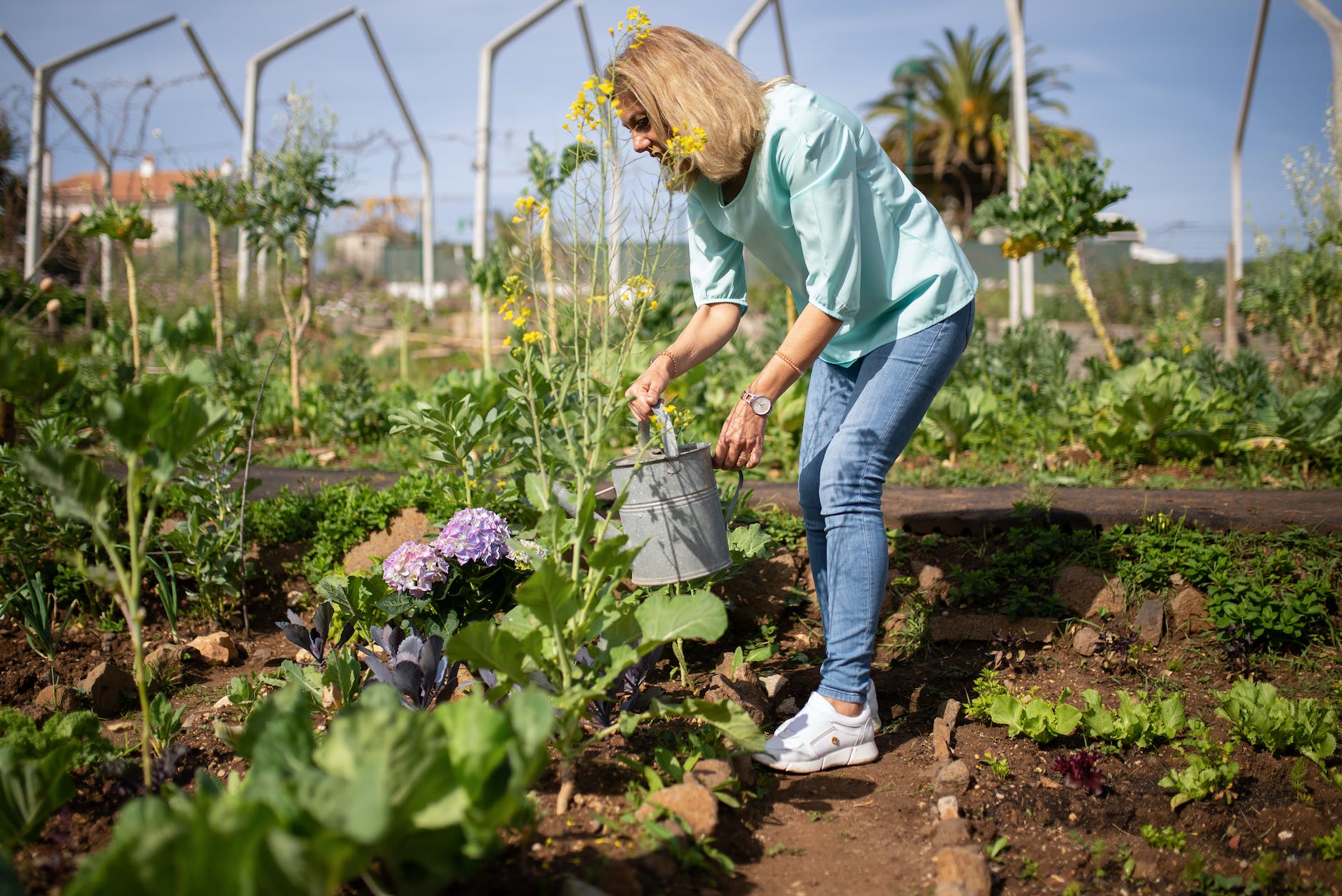
The best time to water your garden is in the morning. The water has time to sink into the ground before the sun rises high and hot. There will be less evaporation if the water is taken up early in the roots.
The second-best time is early evening after the heat of the day. Your plants get a refresh to replenish water lost earlier.
It’s best not to water right before dark. There’s often not enough evaporation and the high humidity gives fungus, molds, and diseases a greater chance to attack your plants.
Setting up an irrigation system with timers is an easy way to “set it and forget it” or just help with time management in the garden. We’re still in the planning stages for our irrigation system on the homestead. Soon, we’ll have a hands-off system up and running for our 10 raised beds.

Keep your Soil Healthy
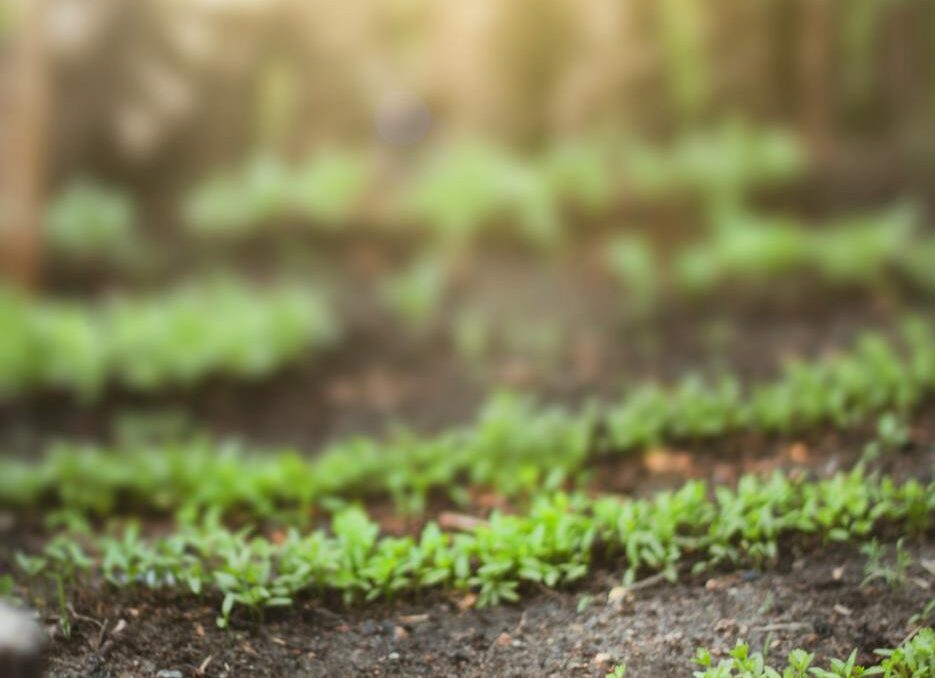
The stronger and healthier your plants are, the better they can tolerate stresses like heat and high humidity.
Practices such as using cover crops, adding compost, and crop rotation will feed your soil which will in turn, feed your plants.
Do an annual (or seasonal) soil test to know what nutrients you may be missing. Use the best amendments you can find to feed your soil. Do not add fertilizers when it’s hot. This will stress the plant which will try to grow faster during a difficult weather situation.
Grow natives
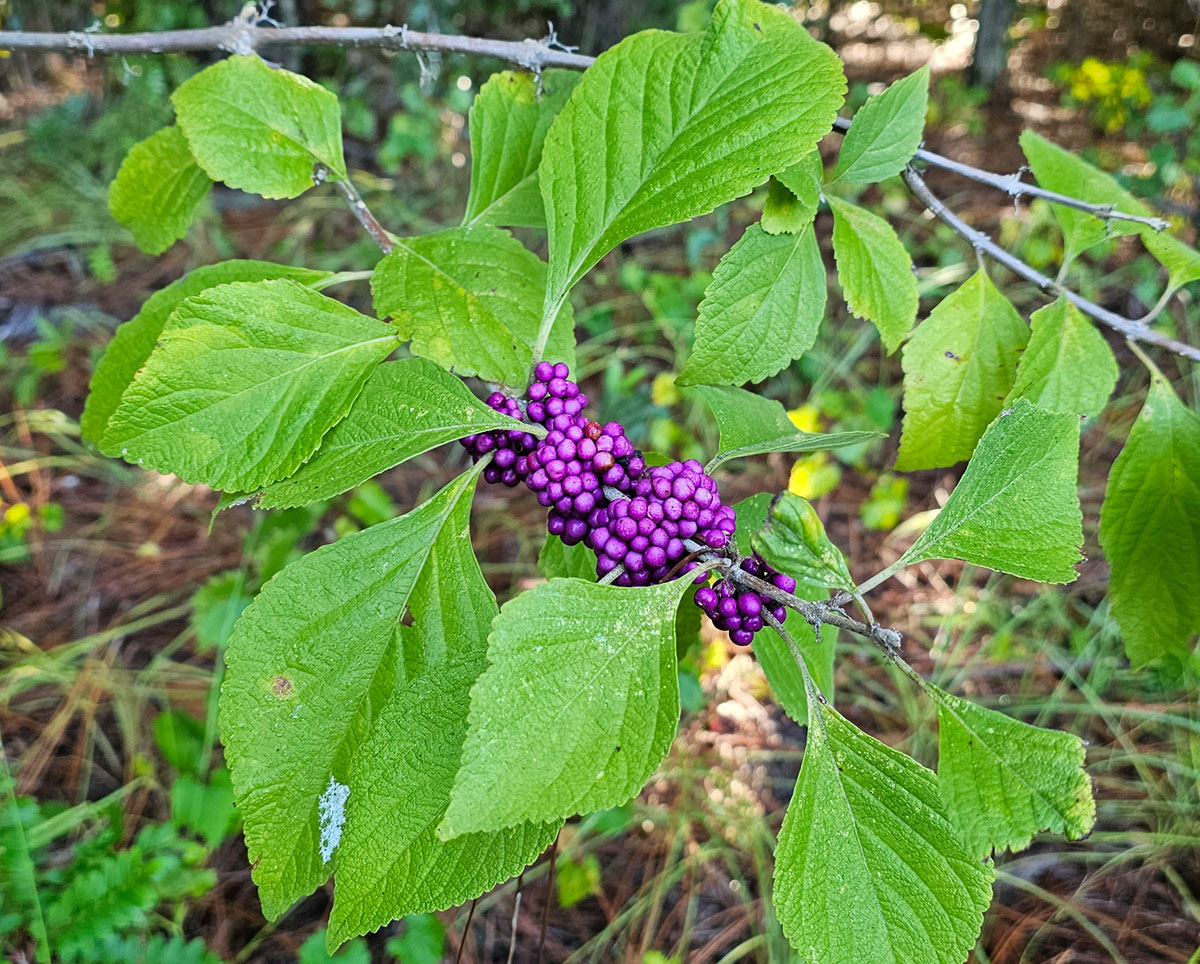
Florida has an abundance of native edibles. These plants are naturally more resilient due to living in the region for hundreds or perhaps thousands of years. They tolerate the heat, pests, and diseases much better than many of the varieties most Americans grow.
Consider adding a few natives to your garden and enhance your culinary pallet:
- American Beautyberry
- Blackberry
- Blueberry
- Elderberry
- Muscadine Grape
- Passionflower (Maypop)
- Pecan
- Persimmon
- Red Mulberry
- Sea Grape
- Yaupon Holly
Learn more about Florida Edibles from UF\IFAS here.
Grow Perennials
Perennials are plants that will grow for at least 2 or more years. They are my favorite Florida plants, giving us delicious edibles season after season. Their longer and larger root systems help them survive in climate changes such as extreme heat or unexpected cold weather.
Here’s a short list of perennials you could try in your Florida garden:
- Asparagus
- Artichoke
- Chaya (Mexican Tree Spinach)
- Collards and Kale (yes, they are long-lived!)
- Cranberry Hibiscus (hibiscus acetosella)
- Garlic
- Hibiscus (abelmoschus manihot)
- Day Lillies
- Longevity Spinach
- Wild Cucumber (melothria pendula)
From this list, I currently grow both hibiscus, longevity spinach, wild cucumber, and garlic.
It’s taken many years of learning, experiments, failures, and eventual achievements to successfully grown produce in a hot and humid state like Florida. I now have a feel for the season, and many sources of knowledge to rely on as well as my own experiences.
I hope this article helps you keep cool and “beat the heat” in your garden!
References
- UF|IFAS Gardening Solutions
- 5 Ways to Use Mulch to Beat the Summer Heat
- Sun Protection for Plants
- How to Make a Sun Map
FAQs
That depends on the plant. But for tender annuals, most begin to show signs of heat stress at or around 90°F.
Signs can include wilting leaves, leaf drop, poor fruit production, bolting, especially in greens like lettuce, and sunscald/sunburn – white spots on the leaves or fruit.
Plants breath like us with a method called transpiration. If the air is heavily saturated with water vapor, (high humidity) the plants had difficulty releasing water from their leaves. High humidity also promotes the growth of mold and bacteria, which can further stress a plant.